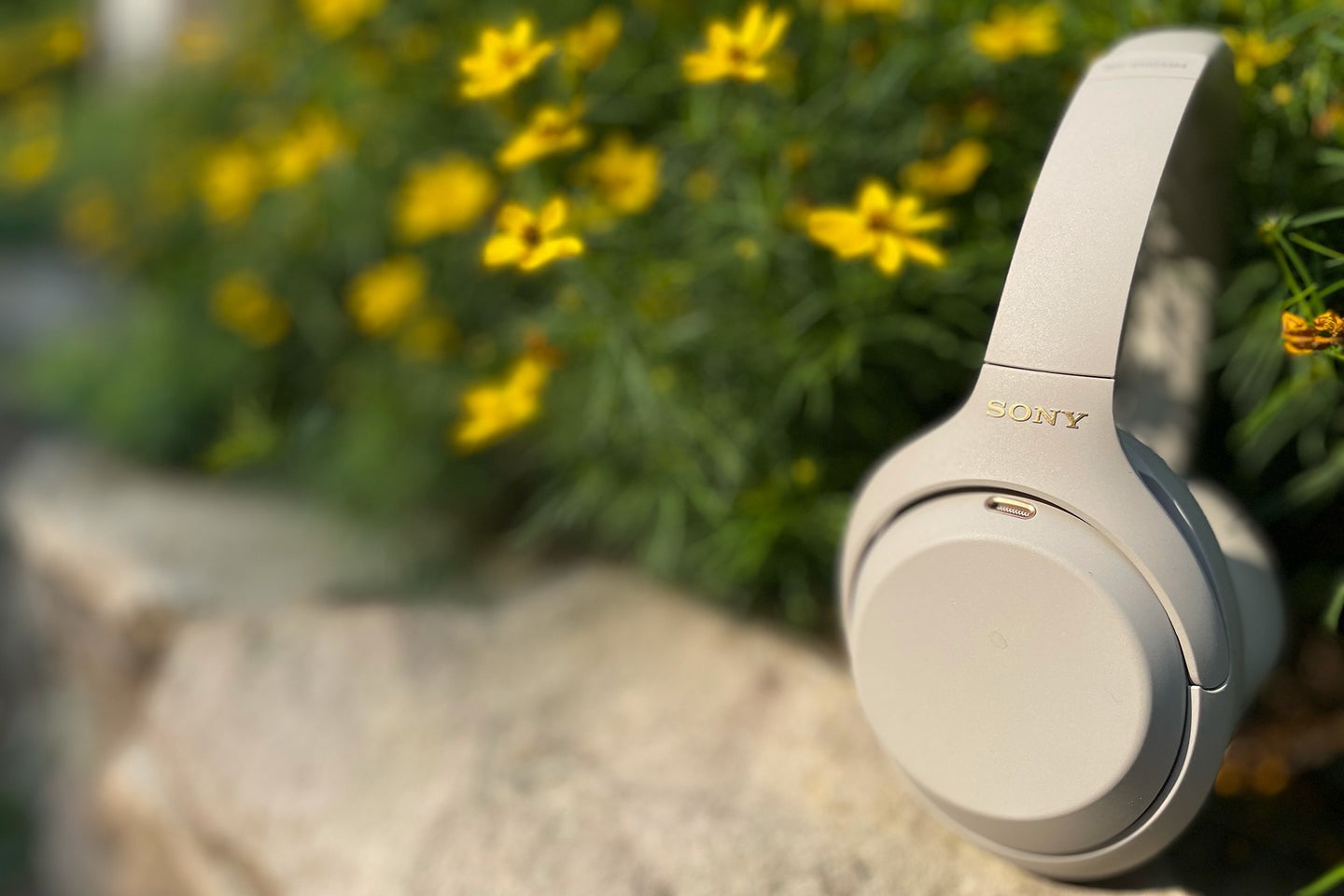
Why Can I Still Hear with Noise Cancelling Headphones?
I was on the subway the other day, and I could still hear the screeching of the wheels and the chatter of the passengers. I was wearing noise-cancelling headphones, so I was surprised that I could still hear anything. I thought noise-cancelling headphones were supposed to block out all sound.
So, what gives? Why can I still hear with noise-cancelling headphones? There are a few reasons.
Passive Noise Isolation
Passive noise isolation is the physical blocking of sound waves. This is accomplished by using materials that absorb or reflect sound waves. Noise-cancelling headphones use a combination of passive and active noise cancellation to block out sound.
Passive noise isolation is effective at blocking out low-frequency sounds, such as the rumble of an airplane engine or the roar of a crowd. However, it is not as effective at blocking out high-frequency sounds, such as the sound of a human voice or the screech of a train.
Active Noise Cancellation
Active noise cancellation is the use of electronic signals to cancel out unwanted sound. Noise-cancelling headphones use a microphone to pick up the sound waves that are entering the ear cups. The headphones then generate a sound wave that is equal in amplitude but opposite in phase to the unwanted sound wave. This cancels out the unwanted sound wave, leaving you with silence.
Active noise cancellation is effective at blocking out both low- and high-frequency sounds. However, it is not perfect. Active noise cancellation can be defeated by loud noises, such as the sound of a gunshot or a jackhammer.
Why Can I Still Hear with Noise-Cancelling Headphones?
There are a few reasons why you might still be able to hear with noise-cancelling headphones. First, active noise cancellation is not perfect. It can be defeated by loud noises. Second, passive noise isolation is not as effective at blocking out high-frequency sounds.
If you are still hearing sound with noise-cancelling headphones, there are a few things you can do. First, try turning up the volume on the headphones. This will help to overcome the noise that is still getting through. Second, try using the headphones in a quieter environment. This will reduce the amount of noise that the headphones have to cancel out.
Tips for Getting the Most Out of Your Noise-Cancelling Headphones
Here are a few tips for getting the most out of your noise-cancelling headphones:
- Make sure that the headphones are properly fitted. The ear cups should fit snugly around your ears, but they should not be too tight.
- Turn up the volume on the headphones to overcome any noise that is still getting through.
- Use the headphones in a quieter environment. This will reduce the amount of noise that the headphones have to cancel out.
- If you are still hearing sound with noise-cancelling headphones, try using earplugs in addition to the headphones.
FAQ About Noise-Cancelling Headphones
Q: Do noise-cancelling headphones completely block out all sound?
A: No, noise-cancelling headphones do not completely block out all sound. They are effective at reducing noise, but some sound may still be audible.
Q: What types of sounds do noise-cancelling headphones block out?
A: Noise-cancelling headphones are effective at blocking out low- and high-frequency sounds. This includes the rumble of an airplane engine, the roar of a crowd, and the sound of a human voice.
Q: How do noise-cancelling headphones work?
A: Noise-cancelling headphones use a combination of passive and active noise cancellation to block out sound. Passive noise isolation is the physical blocking of sound waves using materials that absorb or reflect sound waves. Active noise cancellation is the use of electronic signals to cancel out unwanted sound.
Q: What are the benefits of using noise-cancelling headphones?
A: Noise-cancelling headphones can provide a number of benefits, including:
- Reduced noise exposure
- Improved sleep
- Increased concentration
- Enhanced listening experience
Conclusion
Noise-cancelling headphones are a great way to reduce noise and improve your listening experience. However, it is important to remember that they are not perfect. There are a few reasons why you might still be able to hear with noise-cancelling headphones. By following the tips in this article, you can get the most out of your noise-cancelling headphones.
Is the topic of noise-cancelling headphones interesting to you?
:quality(85):extract_cover()/2023/03/22/976/n/1922507/tmp_89FvHB_5916b77f423bd105_IMG_4452.jpg)
Image: www.popsugar.com

Image: www.popsci.com
The Ultimate Guide to Choosing Headphones for Your Autistic Child – The Kisha Project Oct 13, 2023How active noise cancellation in headphones works. The ANC system, housed within the ear cups, includes a digital signal processing (DSP) chipset, speaker, and microphones. The microphones capture ambient noise and send it to the DSP chipset. An algorithm then processes the noise and counters it with an opposing signal.